How to Survive a Train Wreck
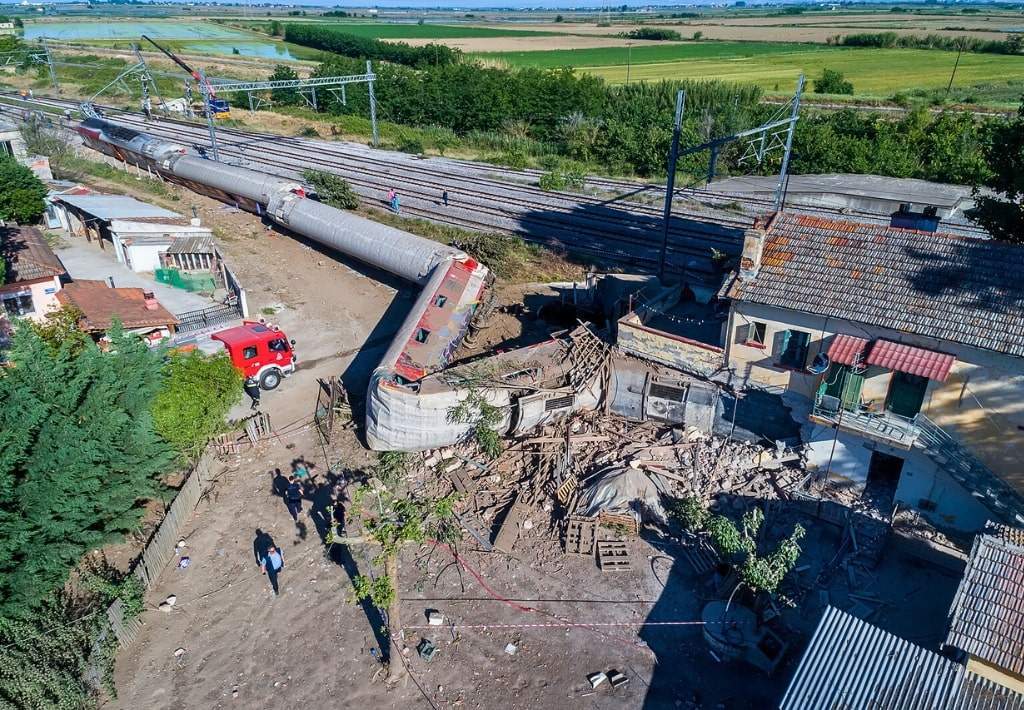
How to Survive a Train Derailment
Although traveling by train is the second safest mode of transportation after flying, accidents still happen.
When they do, there are fatalities. Here, you will find a few tips on surviving a train derailment.
What is a Train Derailment?
A train derailment occurs when a train deviates from its track, often due to collision, conductor error, track failure, broken rails, or faulty wheels.
Not all derailments result in trains altogether leaving the tracks—some may be minor incidents.
What May Cause a Train to Derail?
Several factors can cause a train derailment, including:
- Collisions with other objects or vehicles.
- Errors by the conductor or train operator.
- Mechanical failures in the track infrastructure.
- Broken or damaged rails.
- Defective or worn-out wheels.
- Excessive speed, especially when navigating curves.
- Environmental factors such as extreme weather conditions or natural disasters.
- Human error during maintenance or repair work on the tracks.
- Overloading or uneven distribution of cargo.
- Sabotage or intentional acts of vandalism.
Train Derailment Survival Tips and Strategies
You can do a few things to increase your chances of surviving a train derailment.
Where you sit and what you do during the trip are just a few things to remember.
Face Backwards
Find a seat sitting backward. In case of an impact, derailment, or the train having to come to an abrupt stop, You will be forced into your seat, and your head will be somewhat braced and not thrown forward.
Sitting backward may make you feel off-balanced or uneasy if you’re reading a book, looking down, or working on your computer.
It all comes to your safety in the case of a survival situation. Trains are not equipped like cars or airplanes. There are no seat belts. If you’re facing forward and there is an impact, you could be thrown into other people or anything else in your path.
Studies have shown that the way train seats are designed, they are safer without seat belts. However, experts are now looking at different designs and scenarios to decide if seat belts will protect passengers better in the case of an accident or derailment.
Did You Know?
There is a device known as a de-railer. It is used to derail trains that intentionally enter into unauthorized areas.
Pick the Correct Car
Studies on past train derailments show that physics and inertia significantly influence picking the safest rail car to travel in.
Most people would believe the middle rail car would be the safest in a wreck from the front or rear of the train (most train wrecks are due to derailments). In this case, studies show the safest car to be on the car back from the center vehicle.
However, if a train derailment happens from the front (like most do), the second car from the end of the train would be the safest place to sit.
Plan for a Quick Escape
Once you board the train, take a few mental notes and figure out your escape plan in case you find yourself in a survival situation.
Where are the two closest emergency exits, and how do they open? Do you pull them in or out?
Count how many rows they are from you if you have to find them in the dark.
Look for any additional safety items and where they are located if needed.
Where are the intercoms and alarms situated, and how do they work if you use them to alert the conductor during the trip?

Aisle or Window Seat?
The perfect scenario is to find an aisle seat close to an emergency door or window.
You may not get to window gaze, but you will have a prime location if you must evacuate quickly. The aisle seat also provides more protection in case of a side impact.
Safety experts say it is more likely for a train to be hit in the side by another train than from the front or back.
Stay in Your Seat
Cafe cars, lounge cars, and bar cars are excellent places to hang out, relax, and grab a bite to eat.
However, they are some of the worst places to be in the case of a train derailment. These areas are like blenders during an accident, with non-seated people, equipment, and food flying all over the inside of the cabin.
Your best bet is to stay in your seat as much as possible during your trip. If you have to get up to get something to eat, it’s best to grab your food and return to your seats safely.
Lavatories also provide no additional safety; they are full of hard, sharp edges.
Train Racing
Trains move faster than they appear. Do not try to beat a train about to cross a roadway. It can take a train, traveling 55 mph, approximately one minute to come to a complete stop. The weight and size of a train are significant factors in this statistic.
Evacuate Quickly and Orderly
In the case of a train derailment, there will be chaos and panic-stricken people. There will be luggage and bodies flying, glass breaking, and people screaming. The rail car’s electricity will be cut off, and the smoke from fires will fill the cabin quickly, making it very hard to navigate.
You will want to keep calm and remember your plan. If there is smoke, you will want to get under it by getting close to the floor where you can breathe.
Follow your plan and find the exits. Many trains have glow-in-the-dark emergency lighting to help you find the emergency exits and escape the train car safely.
Doors and Windows
Emergency doors and windows can be opened with relative ease as long as they have not been blocked or damaged from the derailment or accident (this is why you will always want to know the location of the two closest emergency exits).
To open an emergency window, you will want to yank on the rubber ring and pull the gasket off around the window. Emergency windows are heavy, but they will pop out pretty quickly. Just give it a little push.
Emergency doors can be opened manually by pulling a red lever to one side of the door, generally behind a safety panel.
Remember, if the rail car is upright, it is about an 8-foot drop from the exit. Be careful when exiting the train. Once you get on solid ground, clear the railroad tracks in case another train is coming down the tracks.
What to Do if Your Car is Stuck on Railroad Tracks
- GET OUT: If your vehicle gets stuck on railroad tracks, you first want to get out of your car.
- Call: Call 911 and call the railroad 1-800 number posted at the railroad crossings to alert the proper authorities.
- TRAIN APPROACHING: If a train is approaching, stay off the tracks and run towards it to avoid debris from the collision. Wave your arms and motion for them to slow down and stop, letting them know something is blocking the tracks.
Ten of the Worst Train Accidents in History
These train accidents resulted in significant loss of life and are among the deadliest railway disasters in history.
- Ciurea Rail Disaster (Romania, 1917) – Approximately 600-1,000 deaths.
- Ufa Train Disaster (Russia, 1989) – Around 575 deaths.
- Torre del Bierzo Rail Disaster (Spain, 1944) – Estimated 500-800 deaths.
- Quzhou Train Collision (China, 2010) – Over 300 deaths.
- Balvano Train Disaster (Italy, 1944) – Around 500 deaths.
- Al Ayyat Train Disaster (Egypt, 2002) – Approximately 360 deaths.
- Versailles Train Crash (France, 1842) – Around 200 deaths.
- Saint-Michel-de-Maurienne Train Disaster (France, 1917) – Estimated 800 deaths.
- Eschede Train Disaster (Germany, 1998) – Over 100 deaths.
- Granville Train Disaster (Australia, 1977) – Approximately 80 deaths.
More Air, Land, and Sea Scenarios
How to Survive a Flash Flood While Driving
Surviving a flash flood while driving requires quick thinking, calmness, and a plan. This guide walks…
How to Survive a Hot Air Balloon Crash
Hot air balloon rides can be magical, with breathtaking views and a serene, floating sensation. But as…
How to Survive a Motorcycle Accident
Life on two wheels is exhilarating, but let’s not sugarcoat it—motorcycle wrecks are a real risk. Whether…
How to Survive a Helicopter Crash
If you ever find yourself in a helicopter plummeting toward the ground, the odds can feel stacked…
How to Survive Being Stuck in an Airport
Travelers love airports, right? You walk in with dreams of quick security checks, ample seating, and maybe…
Recent Survival Posts
How to Survive a Layoff
Layoffs feel personal—even when they’re not. One day, you’re responding to Slack messages and forwarding…
How to Survive a Drug Test
I never imagined I’d be so emotionally invested in a paper cup. But there I was, standing under the fluorescent…
How to Survive an Interrogation
If you’ve ever been caught in the crosshairs of an overly enthusiastic mall cop or stared down by someone…
How to Survive a Nightclub Shooting
Nightclubs pulse with life—lights flashing, music pounding, bodies packed tight on the dance floor. It’s a place to…
How to Survive a Bachelor Party
A bachelor party is a delicate mix of celebration, chaos, and questionable decision-making, wrapped…
More Air, Land, and Sea Survival Scenarios

How to Survive a Hot Air Balloon Crash
Hot air balloon rides can be magical, with breathtaking views and a serene, floating sensation. But as with any adventure, things can go awry. A hot air balloon crash is not a common air survival scenario, yet understanding how to respond effectively can make all the...
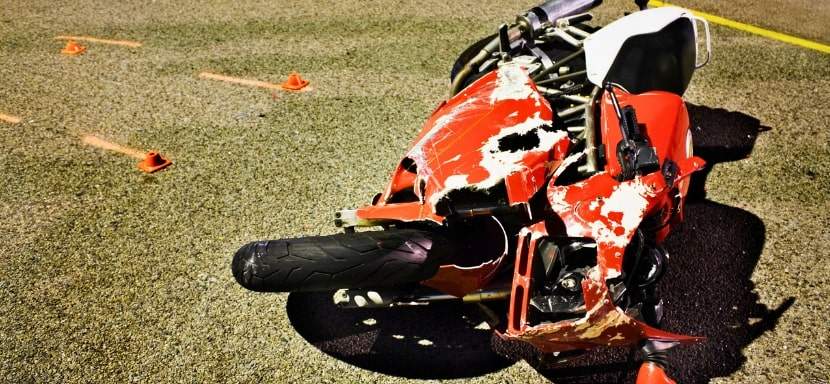
How to Survive a Motorcycle Accident
Life on two wheels is exhilarating, but let’s not sugarcoat it—motorcycle wrecks are a real risk. Whether you’re a seasoned rider or just learning, knowing how to survive a motorcycle wreck is crucial. By preparing beforehand, reacting wisely during the incident, and...

How to Survive a Helicopter Crash
If you ever find yourself in a helicopter plummeting toward the ground, the odds can feel stacked against you. You picture fiery explosions, wild spinning blades, and—worst of all—your life flashing before your eyes. But here’s the thing: helicopter crashes are...
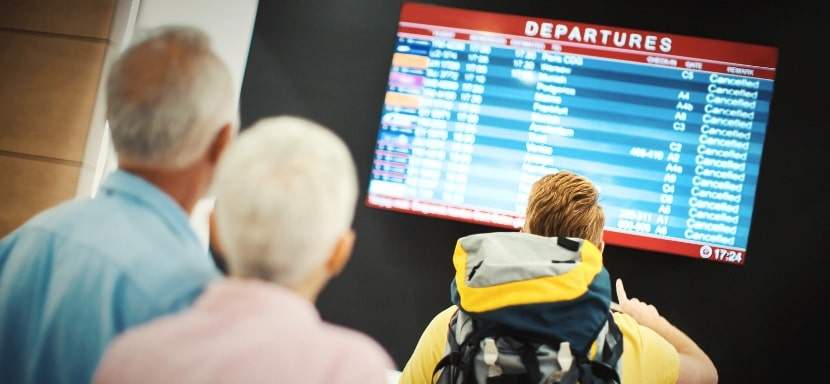
How to Survive Being Stuck in an Airport
Travelers love airports, right? You walk in with dreams of quick security checks, ample seating, and maybe a lounge with bottomless snacks. But what if your dream turns into a drawn-out nightmare, and you're stuck there for hours? Or worse, overnight. We've all been...

How to Survive Jet Lag
We’ve all been there: you board a plane full of excitement, jet off to a far-flung destination, and when you arrive, you feel like you’ve been hit by a bus. This, my friends, is jet lag. A cruel reminder that while airplanes can soar at 600 mph, our bodies are...
More Survival Scenarios

How to Survive a Layoff
When the Floor Falls Out: The Reality of a Layoff Layoffs feel personal—even when they're not. One day, you're responding to Slack messages and forwarding emails. Next, you're staring at your monitor as it logs you out... for good. Whether it's a restructuring, a...

How to Survive a Drug Test
The Cup, The Room, The Truth I never imagined I’d be so emotionally invested in a paper cup. But there I was, standing under the fluorescent hum of a strip-mall clinic, trying to recall the last time I ate a poppy seed bagel. That’s the thing about drug tests—they...

How to Survive an Interrogation
If you've ever been caught in the crosshairs of an overly enthusiastic mall cop or stared down by someone in a uniform with a clipboard and a glare, you’ve felt it — the chilly fingers of interrogation anxiety. And while most of us imagine interrogation scenes as...

How to Survive a Nightclub Shooting
Nightclubs pulse with life—lights flashing, music pounding, bodies packed tight on the dance floor. It’s a place to escape, feel the rhythm, and lose yourself in the crowd. But that same energy can turn deadly in seconds, transforming a night of fun into one of the...

How to Survive a Bachelor Party
A bachelor party is a delicate mix of celebration, chaos, and questionable decision-making, wrapped in the noble intention of sending the groom off into married life with a night he’ll (hopefully) remember. It’s a ritual as old as time—well, as old as men deciding...

How to Survive Your First Time at the Gym
Walking into a gym for the first time can feel like stepping into an alien world. The machines hum with purpose, the regulars move confidently, and you’re left standing there, clutching your water bottle, wondering whether you’re in the right place—or on the right...

How to Survive a Worldwide Communications Breakdown
Imagine waking up to silence. Your phone doesn’t buzz, your email won’t load, and even your local radio station crackles with static. A worldwide communications breakdown has hit. What next? For many, this doomsday scenario may sound like the opening lines of a...
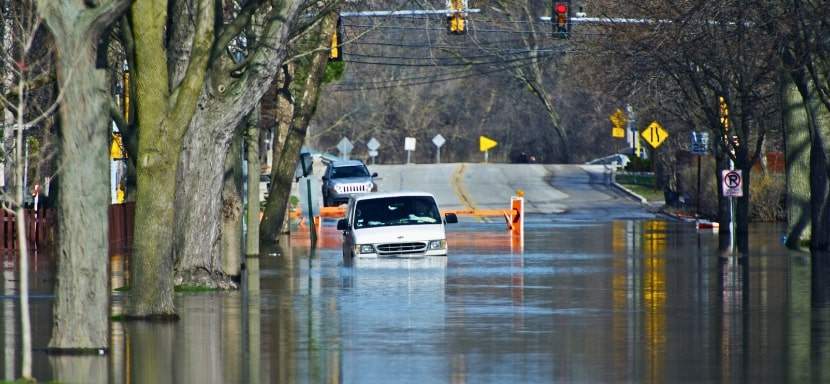
How to Survive a Flash Flood While Driving
Surviving a flash flood while driving requires quick thinking, calmness, and a solid plan to ensure your safety. Preparation can make all the difference between a close call and a catastrophe in emergencies like this. This guide provides practical advice to protect...
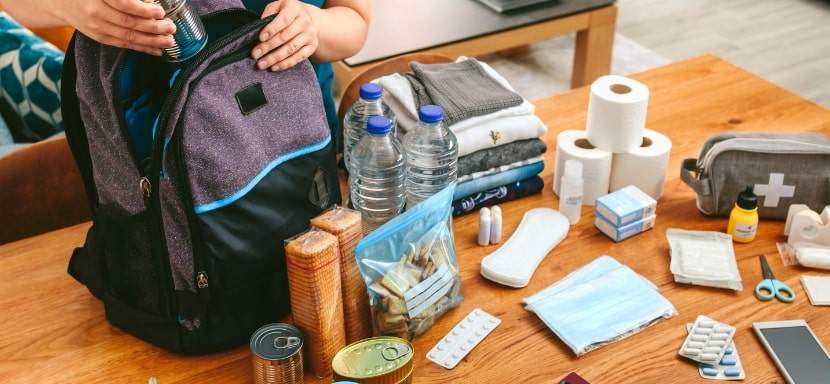
How to Build an Emergency Kit
Emergencies don’t knock politely at the door. They barge in, uninvited, like a distant relative with a penchant for drama, turning your world upside down without warning. Whether it’s a power outage, a natural disaster, or an unexpected evacuation, the key to staying...

How to Protect Yourself From Insects in the Wild
There’s nothing like being out in the wild—birdsong echoing through the trees, the fresh scent of earth, and a deep sense of peace that makes you think, “Ah, this is what life is about.” But then comes the buzzing. Mosquitoes, ticks, and flies swoop in like uninvited...
